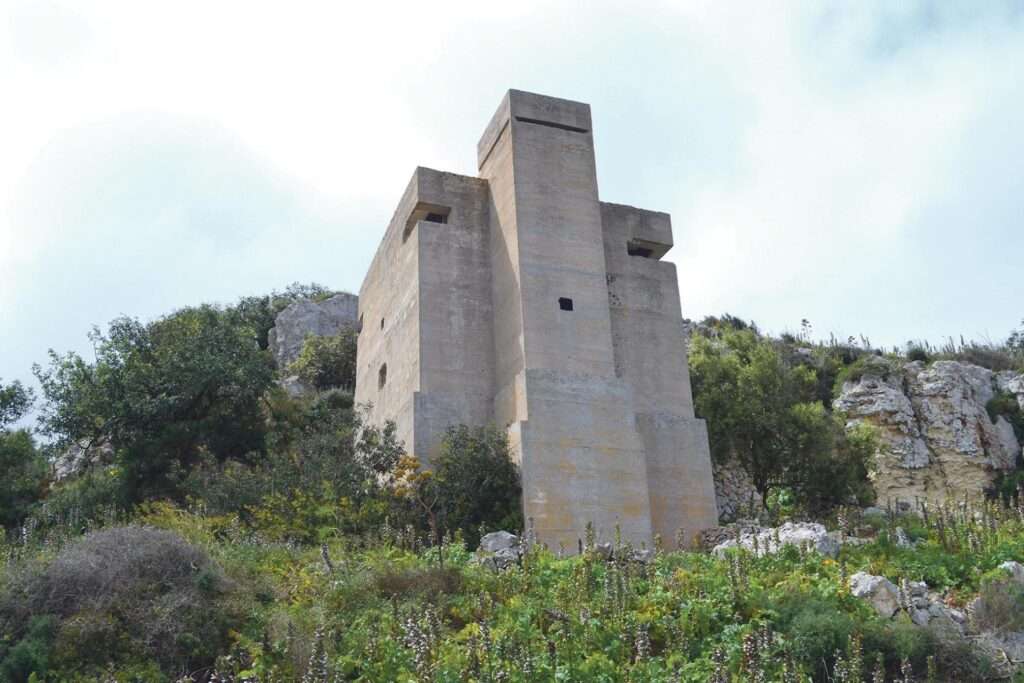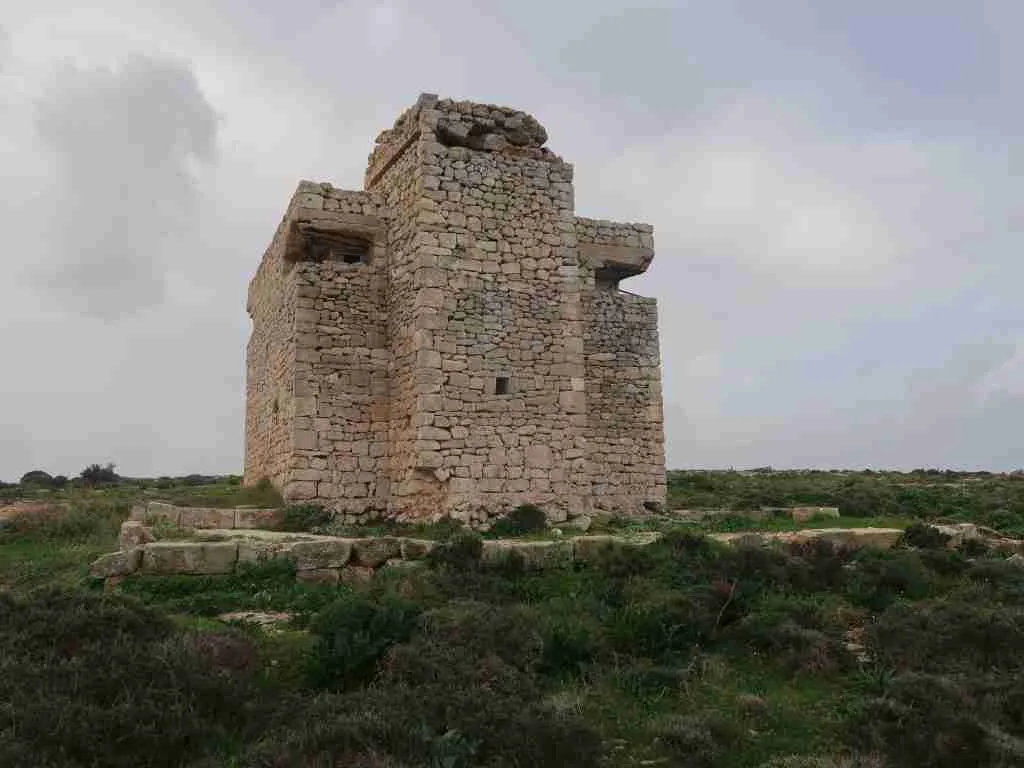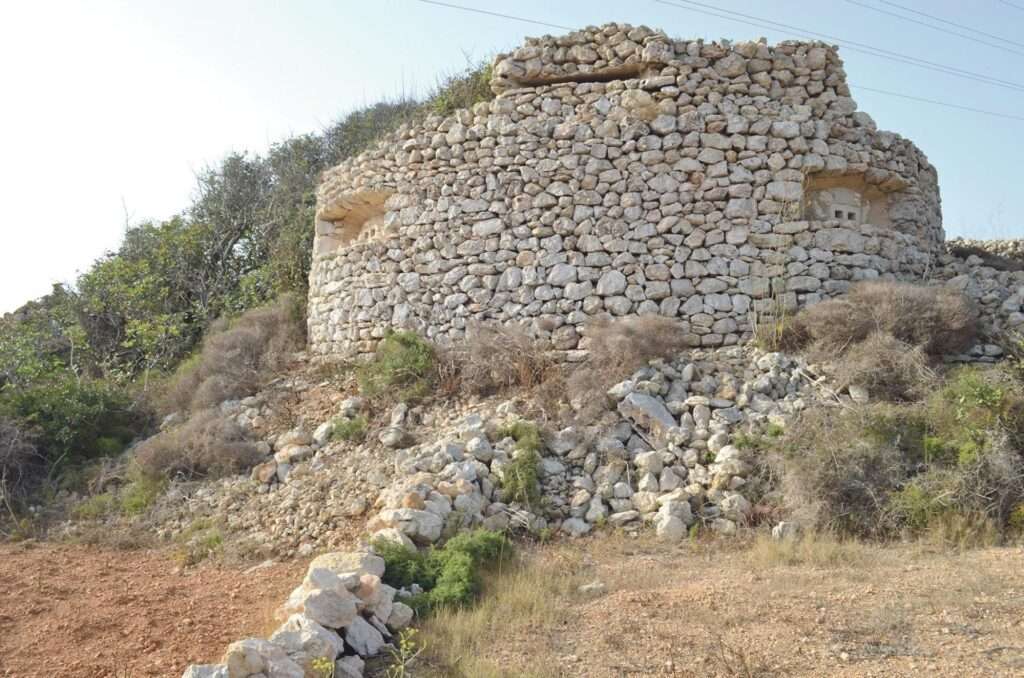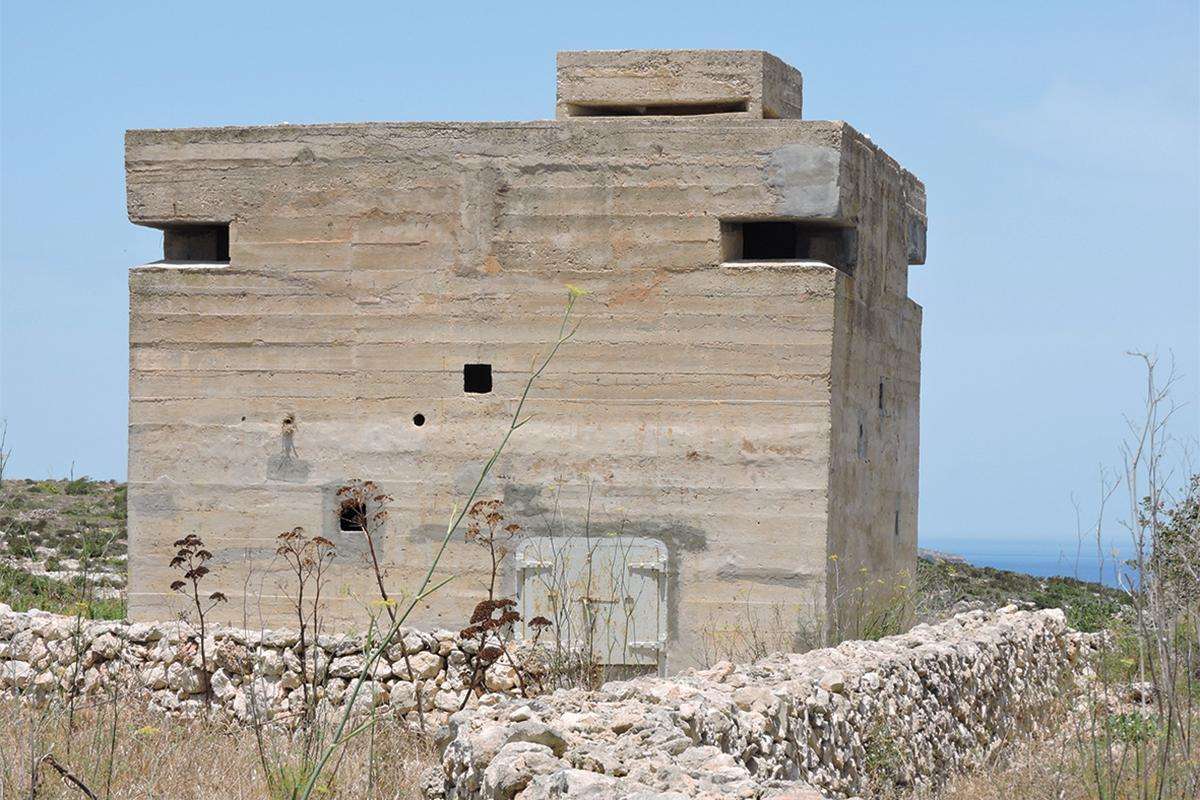Table of Contents
ToggleHistory, Purpose, and Legacy
Malta, a small island nation in the central Mediterranean, holds a strategic position that has shaped its military history for centuries. During World War II, Malta was of immense tactical importance to the British Empire. As the war in Europe intensified and the Axis threat loomed over the Mediterranean, the island was transformed into a heavily fortified bastion. One of the most visible legacies of this fortification effort is the network of pillboxes—small concrete defensive structures scattered around the Maltese landscape. These pillboxes played a crucial role in the island’s defense strategy and remain poignant reminders of a time when Malta stood on the front lines of global conflict.
What Are Pillboxes?
Pillboxes are small, fortified military outposts made of reinforced concrete, often hexagonal or rectangular in shape, with narrow slits (known as loopholes) for guns and observation. They were designed to house a small number of soldiers, typically 2 to 6, and were intended to serve as strongpoints that could offer resistance to invading enemy troops. Despite their compact size, pillboxes could mount a significant defense due to their thick walls and strategically planned locations.

Strategic Importance of Malta
Malta’s location between Sicily and North Africa made it a vital naval and air base for the Allies. It controlled major sea lanes in the Mediterranean and served as a launch point for attacks on Axis convoys supplying forces in North Africa. Recognizing this, the Axis powers (mainly Nazi Germany and Fascist Italy) launched a prolonged aerial campaign known as the Siege of Malta, which lasted from 1940 to 1942. The island endured one of the heaviest sustained bombing campaigns of the war, earning its people the collective George Cross for bravery from King George VI in 1942.
Anticipating a possible Axis invasion by sea or air, British military planners began reinforcing Malta’s shores and inland areas with a variety of defensive structures—including pillboxes.
Construction and Distribution
The pillboxes in Malta were constructed mainly between 1939 and 1942. They were built by the British Royal Engineers and Maltese laborers, using local limestone and concrete. These structures were designed to blend into the environment and withstand bombardment. Over 200 pillboxes were constructed around Malta and its sister island Gozo.
They were strategically placed along:
Coastal areas to monitor and defend against seaborne invasions.
Road junctions and key access routes to control inland movement.
Airfields and military installations to protect crucial infrastructure.
Most of the pillboxes had a standard design, but slight variations were made to suit specific terrain or tactical requirements. Some featured anti-tank weapon emplacements or machine gun nests, while others were used for observation and coordination.

Types and Features
There were several types of pillboxes in Malta, often categorized by shape and function:
Hexagonal Pillboxes – Among the most common types, often located along beaches and open areas. Their six sides allowed for a wide field of fire.
Rectangular or Square Pillboxes – Typically used in more confined areas or to guard roads.
Camouflaged Pillboxes – Some were disguised as rural buildings, stone walls, or rubble mounds to avoid detection from enemy aircraft.
Inside, the pillboxes were cramped and spartan, with narrow slits for firing and limited ventilation. They offered only minimal comfort, designed solely for function and defense.
The Role in Malta’s Defense
Fortunately for Malta, a full-scale land invasion never materialized, as the Axis powers failed to gain air and naval superiority. Nevertheless, the pillboxes served several important functions:
Deterrence: The visible network of defenses made any invasion attempt appear more costly and risky.
Surveillance: Many pillboxes served as observation posts, reporting enemy movements to command centers.
Defense Coordination: They acted as nodal points in a larger web of defense, allowing for communication and coordination during attacks or bombings.
Some were also involved in repelling localized threats or coordinating responses during air raids.

Post-War Legacy and Preservation
After the war, many pillboxes were abandoned as military relevance faded. However, these structures remain physically intact across Malta and Gozo due to their robust construction. Over time, they have become historical landmarks and are now recognized for their cultural and educational value.
Preservation efforts have increased in recent years. Various historical societies and heritage organizations, such as the Fondazzjoni Wirt Artna (Malta Heritage Trust), have advocated for their maintenance and inclusion in public education programs. Some pillboxes have been cleaned and opened for visitors, offering a direct glimpse into Malta’s wartime past.
There is also a growing recognition of the need to protect these sites from urban development, vandalism, and natural erosion. Some locals view them as eyesores, but many historians argue that they are essential components of Malta’s 20th-century heritage.



